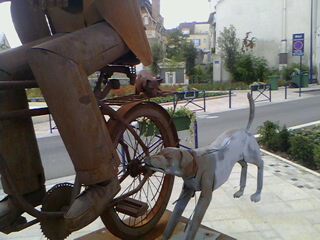Here is a fun, engaging daily activity that you can use during group circle/meeting time. Students will enjoy it so much that they may want to become the ‘teacher’!
It’s time for the ‘MYSTERY BOX’!
Create the ‘Mystery Box’
- Cover a shoe box (2 separate pieces)
- Decorate if desired
- Place a sheet of Velcro on the cover or use tape to attach pictures
Prepare the ‘Mystery Box’
- Field of at least 3 pictures
- Consider placing them in a messy array (not a straight line)
- Can be pictures related to student reinforcers, a theme, etc.
- Place one of the items depicted on the cover in the box (can be exact picture, object, non-identical object, etc.)
Sing the Song (Sung to the tune: “Frere Jacques”)
Time for the mystery box (patting lap)
Time for the mystery box (patting lap)
What’s inside? (hands out to sides, palms up moving up and down)
What’s inside? (hands out to sides, palms up moving up and down)
We can’t wait to find out (hands patting chest)
We can’t wait to find out (hands patting chest)
Shake it up! (hands shaking an imaginary box)
Shake it up! (hands shaking an imaginary box)
- Begin to leave words out to encourage students to “fill-in” missing words.
- Great way to generalize motor imitation skills to the natural environment!
- Teacher can provide the first line of each verse and students can repeat or “echo” (vocal imitation).
Provide More Opportunities to Practice Language!
Requests:
“My turn”, “Mystery box”, “Shake”, “Open”, etc. (Some students may request “mystery box” while others may request “Can I have the mystery box?”)
*After mystery item is revealed, students can request the specific item.
Identifies items/objects:
“Touch/find/point to/where is/show me the _____”.
Identifies items/objects by feature, function, class:
“Touch/find/point to/where is/show me something that you drink”.
Follows directions:
“Pass the box to John.” “Shake the box.” “Open the box.”
Labels items/objects:
“What is this?” “This is a ___.” “Tell me what this is.”
Labels items/objects by feature, function, class:
“What is something that you can drink?” “Tell me an animal.” “What has a tail?”
Matches:
“Match.” “Find the same.” “Put this with the same.”
One of the biggest challenges in the public school setting is to meet the needs of a heterogeneous group. Suggested targets within this teaching tip are for illustration purposes only. ALL suggestions may not be appropriate for all students. Opportunities given to practice functional language should be developmentally appropriate and based upon individual student needs.
Use the ‘Mystery Box’ in your classroom today and let us know how it goes. We’d love to hear what you did to make it even better!
Thanks for keeping passion alive in special education!
Pay it forward, show your appreciation for others who help our kids!
Please share our blog on Facebook, LinkedIn and Twitter and keep those comments coming!
Tom


